The state of art
It has been stated that within 2040, 80 milions chilometres of power lines will have to be renewed and other will have to be added.
In order to understand the extent of this matter, it must be considered that the whole lenght of the global grid, that has been built in the last 100 years, is enough to envelop our planet 2.000 times!
The power grid, besides changing “phisically”, will also change substantially its “role”, from a centralised model to a decentralised one. This paradigm shift will make grids an absolutely fundamental and strategic subject.
In order to better understand the importance and peculiarity of power grids, we could say that they are similar to a backbone that connects, supplying power, houses, offices, factories, hospitals…
Power request is increasing at a dizzing speed also because the electric objects and sources are growing quickly: electric cars and heat pumps are the new technologies that need new sources; indeed, for this reason, all the countries are joining together to even more projects focused on the renewable energy sources: this requests even more power lines to connect those sources to the places of need.
Energy transition was also the topic of the event called “Energy Week – Western Balkans 2023”, held on the 18th and 19th of October in Tivat (Montenegro), that we will examine more in depth further ahead.
It’s time to analyze quick solutions and make precise requests to politics and stakeholders of the industrial sector involved: investment in smarter and more resilient grids will be needed to foster greater deployment of renewable energy and improve energy security.
Concrete initiatives
IEA (International Energy Agency) has launched a four-year project: the Digital Demand-Driven Electricity Networks (3DEN). 3DEN aims at accelerating the path of energy transition through the effective use of innovative digital techologies in the electricity sector, especially in the most vulnerable countries. This objective will be pursued with a strong focus on strengthening energy infrastructure through the use of renewable sources, improving efficiency.
The proposal intends to facilitate the spread of digital and “intelligent” (smart) systems, which optimize the interaction between the different components of the electricity system both on the demand side (production and storage of renewable energy) and on the supply side (efficiency energy, electric vehicles, etc.) with significant benefits for reducing emissions, air quality and access to energy. [Source: Ministry of Environment and Energy Securioty]
New Technologies support: from the digital to the energy transition
The energy transition is connected to another, the digital one, that actually follows this latter.
The digitalization is a necessary precondition and has to be implemented on a vast scale in every sector, from the energy production to its transmission and distribution, until the design itself of power lines. This becomes essential above all to enhance and integrate even more bigger parts of renewable sources.
In order to achieve this, it is needed:
- planning;
- investiments;
- appropriate political actions.
As the saying goes “in order to achieve different results we must act differently”. What certainly needs to be changed is the amount of investment that, currently, is certainly not enough to face the new challenges: inefficiencies, losses, congestion, interruptions… These are just some of the problems that need to be solved.
Annual investment in grids will have to more than double, with around 75% of the investment in distribution grids to expand, strengthen and digitise them.
Strengthening and expanding electricity grids means creating a more efficient and resilient infrastructure.
Making reliable and modernising grids are the two imperatives of this historic period: infrastructures must certainly be updated, strengthened and modernised, that is, made smarter thanks to digitalization and surely it will be necessary to make them more widespread and distributed in order to connect all the renewable sources that are emerging (photovoltaic systems, wind, etc…).
Reliability
The reliability is a key issue: power interruptions constitute a huge waste that has been estimated up 2030 equal to 1,3 trillion of dollars. Besides this strictly economic evaluation, we must consider also other more “social” aspects, such as all the disservices produced in critical contexts as the hydro and food supply, access to medical care, the mobility, etc…
The modernization
The modernization and the expansion of power redistribution infrastructures, the grids, are a strategic issue on which recently much attention has been focused.
Most grids are obsolete or inadequate to meet the needs of contemporary citizens: they must therefore be modernized, also because in many cases they must also fiber cables too.
In 1882 the first power transmission line was born in Italy: it connected Rome and Tivoli, when the Italian people was around 20 milion of inhabitants.
In conclusion, it is absolutely necessary to raise awareness of the crucial role of grids in facilitating the energy transition.
The objectives of Europe, whose grid is the largest in the world, are focused on achieving a decarbonised energy system, which is absolutely necessary to guarantee energy security and safeguard the climate.
Scenarios
Today, every contry must set itself specific energy and climate goals:
- Over the next decade, world electricity consumption must grow 20% faster than in the previous decade.
- Zero net emissions by 2050, which means that electricity demand will have to increase
- Limitation of global temperature rise to 1,5 ºC: a direct consequence of the first two points.
Achieving these objectives requires:
- Extending the networks;
- Sell more electric vehicles;
- Install multiple electric heating/cooling systems.
When we talk about grids extensions, what are we talking about? For example, grids in the world currently cover a total of 80 million km: grids that will have to be modernized and expanded, as mentioned, by 2040.
This renewal activity will have two main objectives:
- Decarbonisation of electricity supply;
- Effective and efficient integration of renewable energies.
In the scenario that sees all the goals, sources such as wind and photovoltaics, will constitute 80% of global energy capacity in the next two decades (compared to less than 40% in the last two decades).
In another scenario, that of the International Energy Agency (IEA), which predicts 0 emissions (Net Zero Emissions) by 2050, the share of renewables should rise from 80% to 90%.
This increase requires everything that has been said so far, in particular the expansion of electricity grids, especially to connect those renewable sources that are located far from large urban centers.
The “bottleneck” risk and consequences on goals
There is a real risk that the power grid will become a bottleneck in this evolutionary process.
There are many projects that concern the supply from renewable sources: it is estimated that a total of 1500 gigawatts (GW) are already in an advanced state (but likewise many are expected).
Investments in renewable energy have increased rapidly, while global investments in the grids have remained almost unchanged: fixed at about 300 billion dollars a year.
This delay has several negative consequences on other aspects:
- slower implementation of renewable energy and increased use of fossil fuels.
- This would not lead to “0” CO2 emissions by 2050.
- The long-term global temperature rise would be well above 1.5
- Countries’ dependence on gas production increases… in a period of strong crisis of this market (global gas imports would be more than 80 billion cubic meters more per year after 2030 than in a scenario aligned with national climate targets, and coal imports would be almost 50 million tons more).
- The risk of economically damaging interruptions is increasing. Today, such disruptions already cost about $100 billion a year, or 0.1% of global GDP.
Actions
Currently, in order to create the preconditions for achieving the below mentioned targets, it’s necessary to:
- Act with timing;
- Remove any administrative and bureaucratic block;
- Stimulate innovation.
Surely, all the governaments should act using synchronism and synergie among themselves, thinking in the long term (planning, authorization and conclusion of a new grid often takes from five to fifteen years).
Grids plan will have to:
- integrate with the energy transition plan in the long term and in all the sectors;
- support the increase of distributed resources by creating connections with the regions rich of these resources;
- sensitise people by making them aware and informed on the link between grids and the success of energy transitions.
As we have already said, investment will have to almost double, but this is a sore point: with the exception of China, in the face of rising electricity demand, there has been a decline in investment in all emerging economies. Elsewhere, in the advanced economies, investment has increased, but not as much as it would serve.
Finally, it is necessary to create qualified professionals throughout the supply chain: training will play a strategic role in future years as new technologies and new tools will be available to those who will have to create new infrastructure.
Energy Week – Western Balkans 2023
In this context, the event held in Montenegro on the 18th and 19th October 2023 has gathered together authorities and energy companies from Albania, Montenegro, North Macedonia, Serbia, Bosnia-Erzegovina and Kosovo, as well as international financial institutions and major multinational investors.
The objective was to enhance dialogue aimed at reaffirming the importance on the renewable energies in the Western Balkans, an area that, by this geographical vocation, has big potentialities and that is trying to establish its own process towards the energy transition and more sustainable modality of energy supply, encouraged also by EU.
Indeed, the Energy Support Package of Euro 1 billion for the Western Balkans, introduced by the European Commission at the Berlin Process Summit of 3 November 2022, is aimed at addressing immediate, short-term and medium-term need in the Western Balkans in the ongoing energy crisis: in other words, helping this area to begin decreasing their dependance on Russiaan fossil fuels accelerating the decarbonisation and improving the energy security in the region.
The italian Next attended too: for years, Next has been involved in the construction of power lines throughout Italy and also other countries, especially in Europe and South America.
This event has been a great opportunity both to understand the state of art of the considerations on such strategic activity as the improvement of energy infrastructure, and also to introduce Next’s software solution.
The participation of the team, consisting of the two sales managers Eva Nilsson and Federica Dian and the technical expert in designing power lines, Francesco Pirani, was very appreciated, so much so that the latter was invited to the session entitled “Clean energy technology & Solutions to unlock the untapped potential“.
Power lines design. Next’s case
Designing power lines it’s a very complex job.
Starting from a primary objective, that is to follow national legislations, the so called “CEI”, these guidelines are periodically updated, as calculations and algorythms have to be.
It’s also clear how the power lines constitute something susceptible to the materials used, type of conductors, meteorological events, seismic, deterioration in time, something that crosses terrain and landscapes type of verse… The list could go on and on.
The software tools, over the years have improved: from excel files used decades ago, to very structured and reliable software… but, alas, also very complex: it follows that often the learning curve to use these software is very steep.
In the last years, Next’s solution has gained the attention of professionals, especially in the Italian market. The “secret” of the success of this software lies precisely in “hiding” the complexity of the calculations made by the software behind an intuitive interface and a schematic and logical workflow.
The software works in two separate moments:
- Definition of relief
- Design of the line
The first phase consists of the following operations:
- Import of beaten points (in the absence of an output from a precision instrument (in dxf or ascii format), the designer can beat points directly in the Google Maps environment)
- Insertion of crossings
- Definition of summits
- Definition of the type of support (in the case of existing lines)
In the second you will need to:
- Define the types of conductors
- Connect the line
- Check the line from the standpoint of distance (horizontal and vertical)
- Check the line mechanically
- Obtain all the outputs needed for the project implementation (derived shot table, picketing table, stringing table, support list and project printing)
If you want to learn more, please contact:
Eva Nilsson – Sales manger
Email: e.nilsson@mynext.it
Tel: 3401925258
Federica Dian
Email: f.dian@mynext.it
Tel: 3457098672

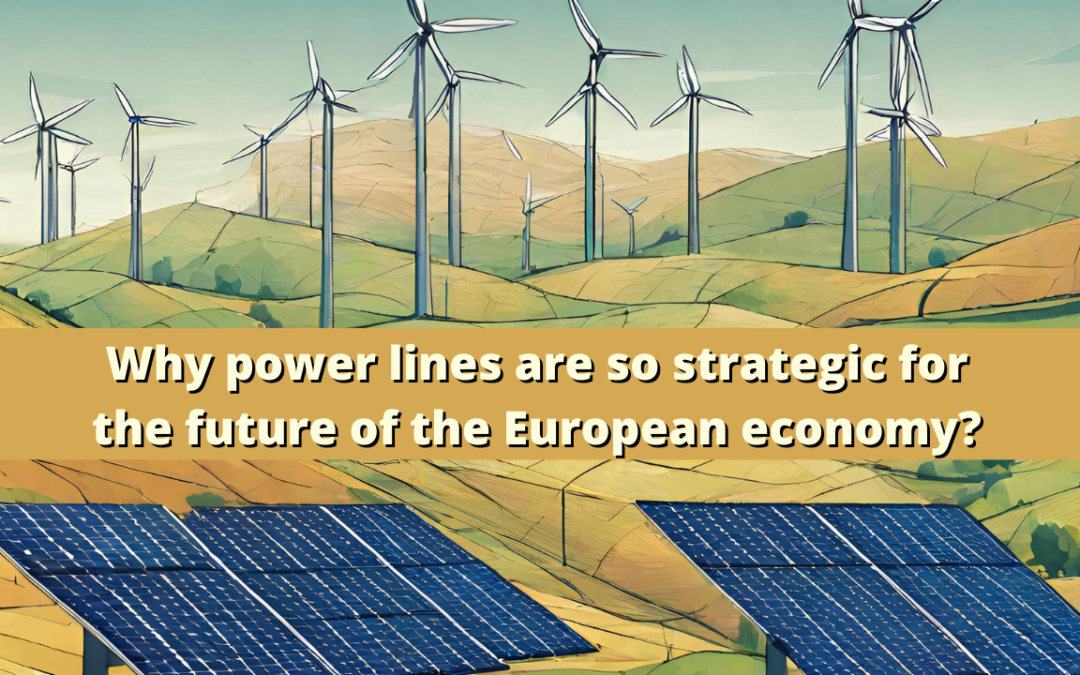
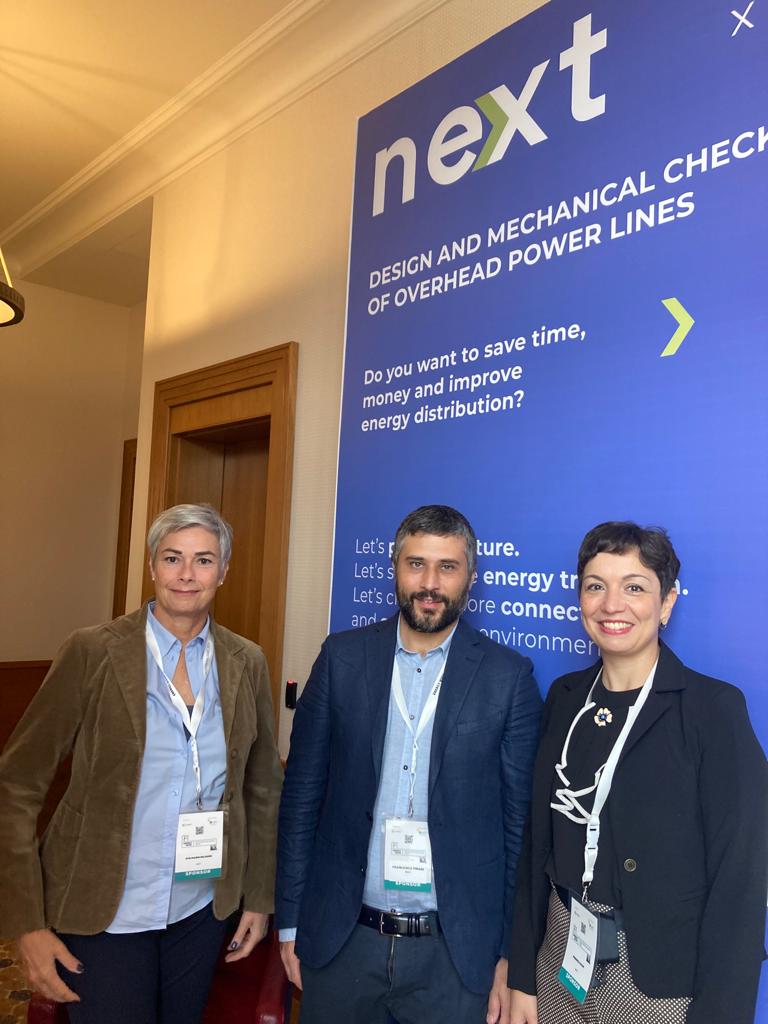
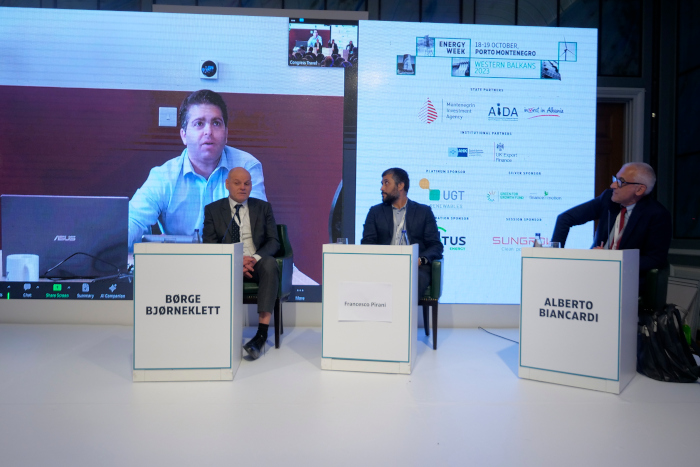

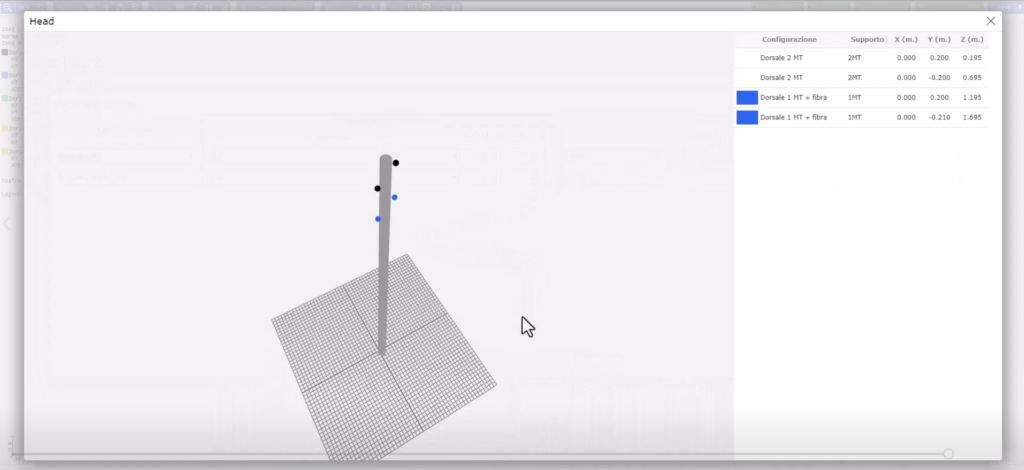
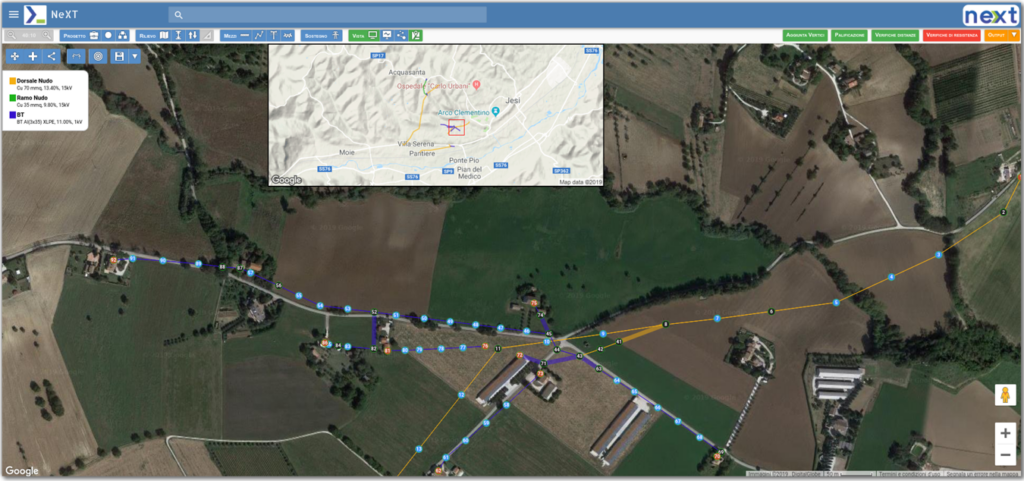


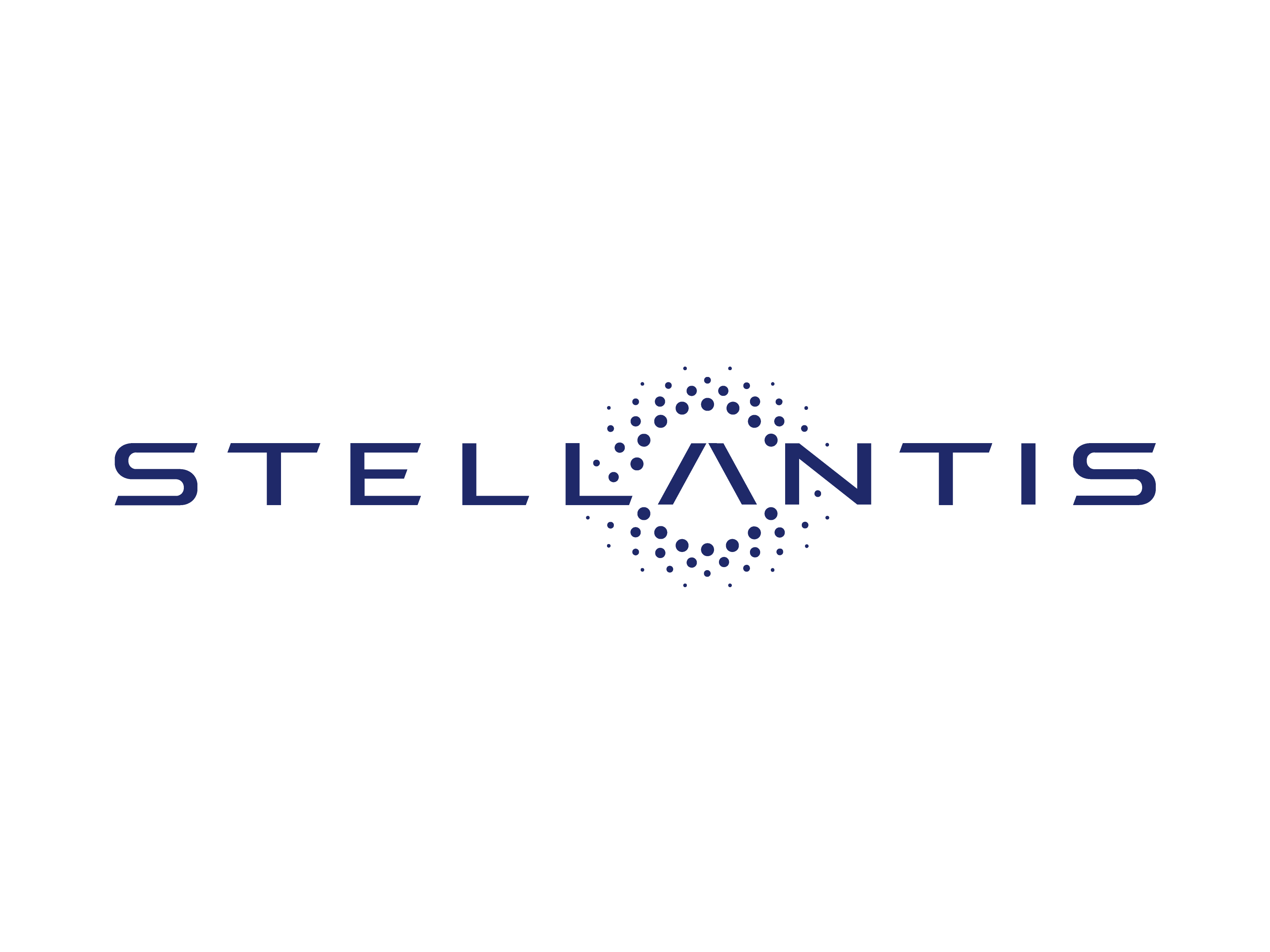











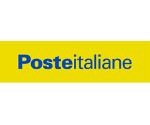

Recent Comments